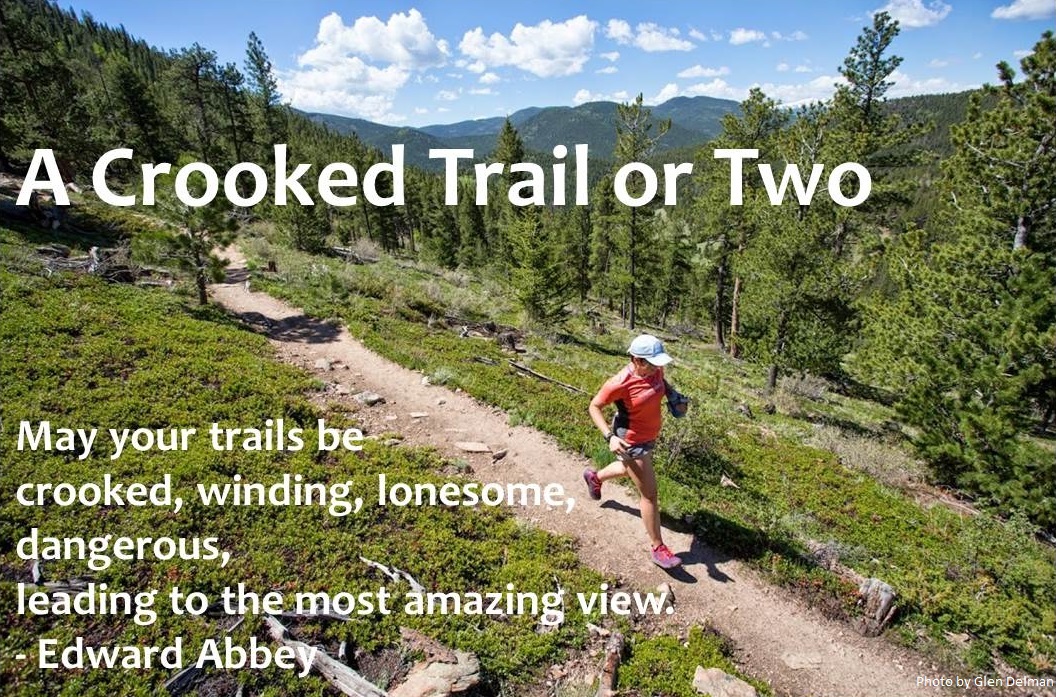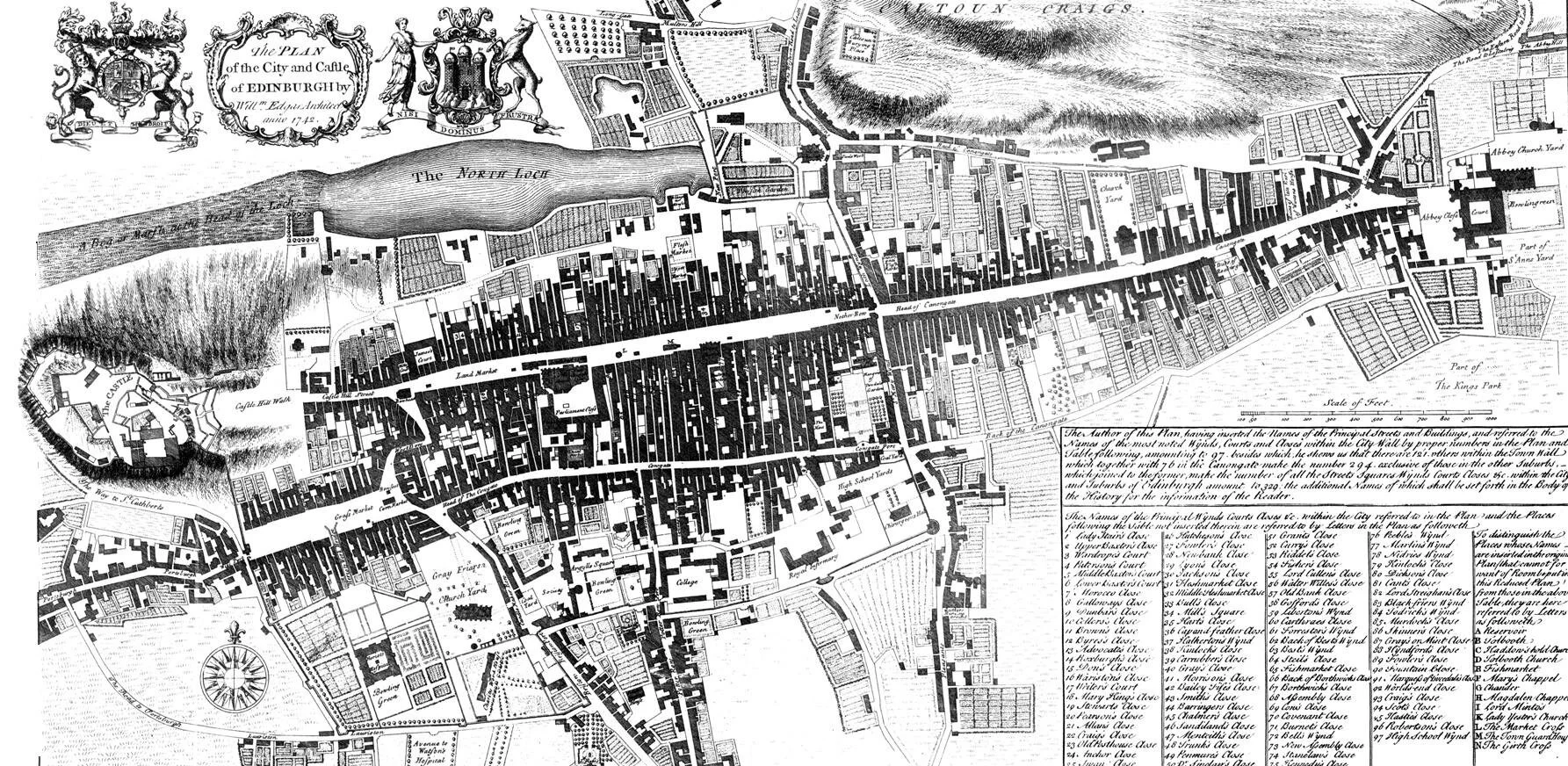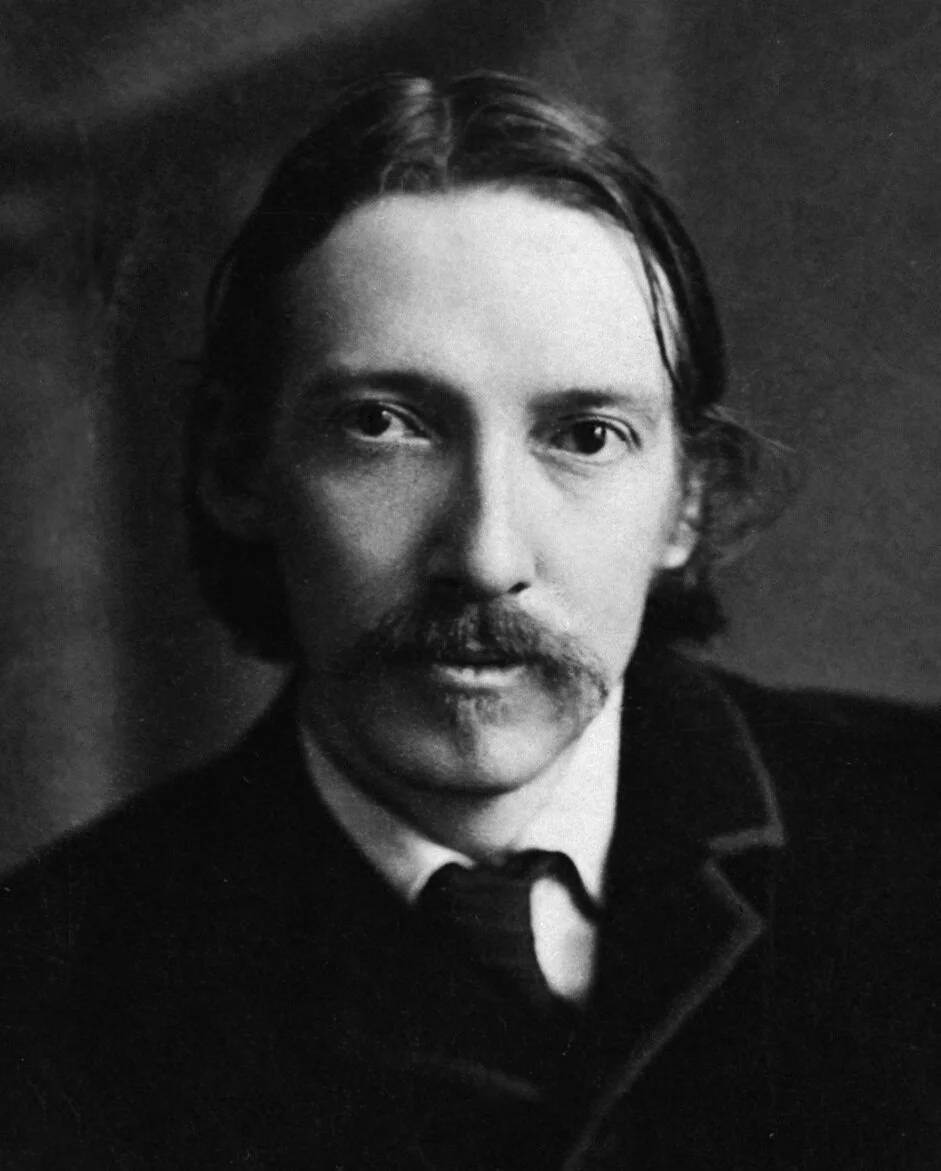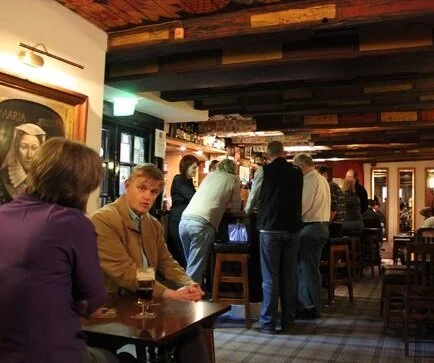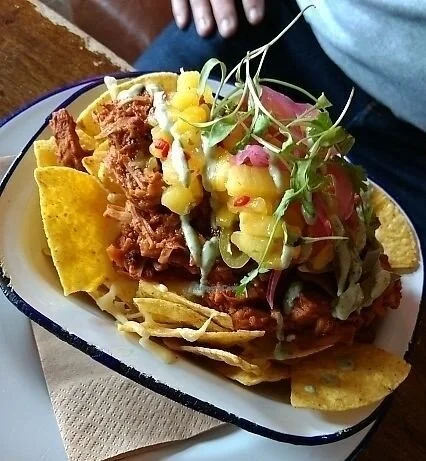Week 29: Edinburgh!
Happy weekend, friends. Can you believe tomorrow is February?! We’ve had such an insane few weeks here in the U.S., but the new administration is moving quickly to protect democracy and take action on matters most Americans agree on. It is a new era, and while there is still so much to do, I’m feeling much more hopeful these days that our country may survive.
Certified guide in Scotland, Kirsten Griew
So… on to our virtual trek of Great Britain!
As with last week’s post, we once again have certified Blue Badge guide Kirsten Griew helping us learn more about Scotland as we continue making our way north. Kirsten too is participating in our journey from Land’s End to John O’Groats, moving virtually over terrain she’s also seen in real life.
Since there is so much to see in Edinburgh, where Kirsten lives, I figured we would focus on that city (and benefit from Kirsten’s expertise!) in today’s post, and cover more terrain in our next update. After all, if we were truly taking to the roads and trails and doing this trek in real life, we’d certainly stop for at least a week here!
What follows today comes from mainly from Kirsten, with just a few notes thrown in from me. Thanks, Kirsten… and enjoy, friends!
When we left off last week, we’d just made our way into Edinburgh, capital city of Scotland. This city of about 500,000 people is generally considered one of the most beautiful cities in the world, perhaps in part due to its situation as a city on 7 hills (or at least we like to think it has 7 hills, like Rome!) including Castlehill with iconic Edinburgh Castle at its peak.
Edinburgh Castle in autumn (photo by Wikimedia user Nacckers.)
The city centre is in 2 parts, known as the Old and New Towns - the Old Town is medieval, the New Town was built 1760s-1770s (so not that new!) as some of the finest Classical architecture anywhere. We boast 2 UNESCO World Heritage sites: the first is the combination of Old and New Towns, as it is so unusual to have both ages together and both so well preserved. The second is the Forth Railway Bridge that we will get great views of on our way north out of the city.
A map of Edinburgh’s Old Town, drawn by architect William Edgar in 1742. The map clearly shows the characteristic little-altered medieval "fishbone" street pattern of narrow closes, wynds, and courts leading off the spine formed by the High Street, the broadest, longest street in the Old Town. Map courtesy of Edinburgh World Heritage.
A Georgian facade characteristic of New Town streets (photo from Financial Times’ property listings.)
Robert Louis Stevenson (1850-1894) Photo from Bettmann/Getty Images)
Edinburgh was also the first ever UNESCO City of Literature, as there have been so many great writers who came from, lived in, or were inspired by the city. Amongst many, many others they include: Robert Burns, Robert Louis Stevenson, Sir Walter Scott, Arthur Conan Doyle, Muriel Spark, Kenneth Grahame, JM Barrie, Ian Rankin, and JK Rowling. Burns Night is celebrated every January 25, and although he originally came from the South West of Scotland, he stayed in Edinburgh and was inspired by Edinburgh and some of the city's women...
In August Edinburgh hosts, all at once:
the largest Arts Festival in the world (known as the Fringe) which includes one of the most important stand-up comedy awards;
the original International Arts Festival; and
the Royal Edinburgh Military Tattoo - a show on the Castle Esplanade with military groups from around the world performing to nearly 9000 spectators each evening - it runs 7 shows a week for 3 weeks and there is never an empty seat. It has been going for more than 70 years, and despite being outside in the Scottish elements, they have never cancelled a performance. I have sat through it with tour groups in all weathers, including torrential rain (but it is such a spectacle you do forget about the weather)!
With everything going on, August sees the city's population expand from 0.5 million to well over 2 million.
New Year's Eve, known in Scotland as Hogmanay, is a huge event in Edinburgh and every year there is a fireworks display set off from Edinburgh Castle with people gathered in huge numbers on Princes Street below. There is always a large rock concert in one part of the gardens under the Castle, and a Ceilidh (Scottish traditional dancing) in another.
Hogmanay 2019…back when people could still gather en masse to hear music and watch fireworks!
This year, because large gatherings were too dangerous with the Covid-19 pandemic, a video art piece was produced for Hogmanay, with the idea of bringing people together despite having to stay apart physically. A poem was written by the Scots Makar (poet laureate) Jackie Kay, and synchronized lighted drones were filmed, then edited into the skies over Scotland, including Edinburgh. It’s hard to describe, so instead, consider experiencing it for yourself. Be sure to maximize the video for your screen, and turn up the sound!
In terms of royal residences, Edinburgh Castle on top of the hill is the historic royal residence. People have lived on the hill at least 3000 years, and the Scottish Royal family had it as one of their main homes from at least c1100. The oldest building in the city is St Margaret's Chapel within the Castle, which dates from c1130.
St. Margaret’s Chapel, which dates from around 1130. (Photo from the Creators Syndicate)
A mile away at the bottom of the hill and at the far end of the Royal Mile - the main street and backbone of the Old Town - is the Palace of Holyroodhouse, more often known as Holyrood Palace, the current royal residence. HM the Queen still visits every year in June/July, spending a week to give out Scottish knighthoods/damehoods and other honours, and to have a garden party with about 8000 people who have been randomly chosen from those who applied from across Scotland. The Palace started as an Abbey in 1120s and was converted into a Royal Palace c1500. It was the main residence of Mary Queen of Scots.
Holyrood Palace (photo by wikimedia user XtoF)
Also, about 1.5 miles from the city centre in the port area called Leith, is permanently moored the Royal Yacht Britannia. This was the Queen's private yacht until 1997, when it was decommissioned. (Its decommissioning is said to have been one of the only times the Queen has shed a tear in public.) It was used as a floating palace for official visits as well as holidays and some royal honeymoons. Now it is a visitor attraction, on which you can go behind the scenes - see the royal apartments as well as the crew quarters and get a sense of the difference!
The Royal Yacht Britannia
The main drawing room of the Royal Yacht Britannia (photo from Sandra Wagner-Wright’s blog)
Crew quarters on the Royal Yacht Britannia (photo from Sandra Wagner-Wright’s blog)
James Young Simpson, whose dinner parties were truly unique in Edinburgh’s social scene.
Edinburgh has been massively important in a number of areas of innovation over the centuries. It was the centre of the Enlightenment, with philosophers such as David Hume; the great geologist James Hutton (who first realised the great age of the Earth from its rocks); and economist Adam Smith, just a few of those who changed the way people thought of the world. We also have a very important history of medical and scientific innovation including James Young Simpson, who revolutionised anesthesia (by practicing with chloroform on his dinner guests!). Alexander Wood and the hypodermic syringe. Not to mention, 2013 Nobel laureate Peter Higgs, of the Higgs Boson.
My favourite in this area, however, and too often forgotten are Sophia Jex-Blake, who along with Isabel Thorne, Edith Pechey, Matilda Chaplin, Helen Evans, Mary Anderson Marshall and Emily Bovell comprised the “Edinburgh Seven.” They were the first women to study medicine at any UK university. Jex-Blake got them in by sheer tenacity and force of will.
The Edinburgh Seven (photo from the Cobalt Fairy blog)
Sophia Jex-Blake (photo from the Women You Should Know blog)
They faced discrimination by the male students, who violently tried to block them from sitting their exams (in what became known as the Surgeons' Hall Riots). The women all performed much better on the exams than most of their male contemporaries, despite all the disadvantages they faced, such as being charged higher fees and being forced to arrange lectures for themselves due to a loophole whereby university staff were permitted but not required to teach women.
And even after surmounting all those hurdles, they still were not permitted to graduate, after members of the faculty voted against them.
Scottish doctor Margaret Todd (1859-1918)
Jex-Blake went on to found the Edinburgh School of Medicine for Women, where one of her first students was Elsie Inglis, another very important Edinburgh physician, who served in the First World War. Jex-Blake lived with, and was almost certainly the long-term romantic partner of Margaret Todd, another doctor, who introduced the word “isotope” in describing atoms of the same element that differ in atomic weight.
Before we leave Edinburgh, let’s make the most of our time with Kirsten and let her tell us some stories! As I mentioned last week, Kirsten is a professional guide, available to show groups large or small around Scotland; learn more about her work on her Scottish Tourist Guides Association page.
Kirsten’s first video tells us about Rachel Chiesley, Lady Grange, and Jenny (sometimes Jeanie) Cameron. Check it out to learn — among other things — how an aristocratic Scottish woman ended up living in a cleit on St. Kilda, a remote windswept island.
A cleit on St. Kilda island (photo by Wikimedia users Mary and Angus Hogg)
Taking a step a bit further back in time, let Kirsten tell you more about Elen (sometimes “Ellen”) More and her sister, Margaret, who were African servants in the Scottish court at Edinburgh Castle
And around the same time as the More sisters were at Edinburgh Castle, Alison Rough (sometimes spelled Rouche, Rouch or Ruch) was managing a thriving business. So how is it that she ended up executed for the murder of her son-in-law? Kirsten will tell you all about it.
For the next segment, we’ll cross the Forth Bridge and continue making our way north to John O’Groats. ‘Til then, happy trails to you!
The Forth Bridge (photo from Alamy/The Sunday TImes)
Fancy a pint?
Unlike the Naylor brothers, who pledged to “abstain from all intoxicating drink” during their 1871 walk on this route, I’m not at all opposed to popping into interesting-looking pubs along the way. Here are a few along this stretch of the journey… this time, curated by actual Edinburgh resident Kirsten Griew!
The Sheep Heid Inn, oldest pub in Scotland
The Sheep Heid Inn is the oldest pub in Scotland - licensed since 1360, it has always had royal connections. It is halfway between two ancient royal castles, and kings and queens would stop here on their way between them. This includes James VI of Scotland, who left a gift of a snuff box shaped as a ram's head, thereby (it is thought) giving the pub its name. His mother, Mary Queen of Scots, apparently stopped here many times too. And just a few years ago, our present queen stopped by, unexpectedly (imagine the chef's reaction!). It has a great atmosphere, with all sorts of old pictures and memorabilia on the walls, a nice new beer garden, and even one of the few remaining 19th century skittle alleys at the back!
It also had one of the first separate fully vegan menus of any of the pubs in Edinburgh. It's been some time since we've been able to go, but I think I had the curry last time I was there, and I remember it being very good! Also, some nice local beers on tap.
The Queen’s Arms looks absolutely heavenly inside!
A favourite pub of ours in the city centre is The Queen's Arms. It has a great traditional atmosphere, with low ceilings and wee booths. The pub prides itself on providing handpicked cask ales from Scotland’s top independent brewers, a range of malt whiskies, wines, bottled beers and draught lagers, plus a lengthy house cocktail list.
Additionally, although the Queen’s Arms doesn’t offer a stand-alone vegan menu, its regular menu is quite vegan-friendly, as befits a pub in one of the UK’s most vegan-friendly cities.
Inside the Café Royal
Also in the city centre, a great favourite is Café Royal. This institution was first founded in 1826, across the street from the present building. But since 1863, Café Royal has been in its present quarters, which feature amazing art deco tiling, spectacular stained glass windows and a central bar. It always feels very chic.
Entering the Café Royal is like taking a step back in time. Elegant stained glass and fine late Victorian plasterwork dominate the building. Irreplaceable Doulton ceramic murals, painted by John Eyre, adorn the walls in both the restaurant and bar.
In the Old Town, The Jolly Judge has original painted ceilings from 16th century. The Jolly Judge sits at the foot of an Edinburgh ‘close’, at the centre of one of the capital’s historic Old Town, a short walk from the Castle.
An independently-owned bar with low beamed ceilings, log fire and a tranquil atmosphere – this is Scottish hospitality. Sample the wide range of malt whiskies, real ales and tempting bar lunches.
The Jolly Judge in Old Town Edinburgh
Sustenance for the Hungry Vegan
Edinburgh has loads of vegan and vegan-friendly restaurants, but these are a few favorites. Holy Cow is one of the first all-vegan restaurants in Edinburgh, having been open since 2016.
Holy Cow is known in part for its mouth-watering, home-made vegan burgers, and uses fresh, local and organic ingredients, down to the organic rolls and gluten free breads they bake every day. Holy Cow also has two pastry chefs working to satisfy everyone’s vegan sweet tooth… if you even have room for anything else after their delicious menu!
Burgers (foreground) and desserts (background) at Holy Cow.
Vegan nachos at Lucky Pig
Inside Paradise Palms, the unique bar/record store/artistic space located between the University and the National Museum, you’ll find Lucky PIg, a vegetarian soul food restaurant.
Its menu seems specially designed for those late nights when you’re craving a burger or cheese fries or onion rings… not healthy fare, but sounds delicious!
The Ivy on the Square, on St. Andrew’s Square
For our anniversary in November (last time we were out!) we went to The Ivy on the Square, which is a wonderful restaurant, art deco in style, with great views across St Andrew's Square. It has a separate veggie/vegan menu with great choices. The jackfruit salad was fantastic!
Wagamama’s in The Lothians, Edinburgh
The only other place I would mention, is a chain right across the UK, but we haven’t mentioned it yet, and there are no more locations along the route. It’s called Wagamama’s, and it's one of my favourite places to eat and has a large vegan menu (including some new things this year I am looking forward to trying!)
Cheers, everyone, and see you on the trail!
